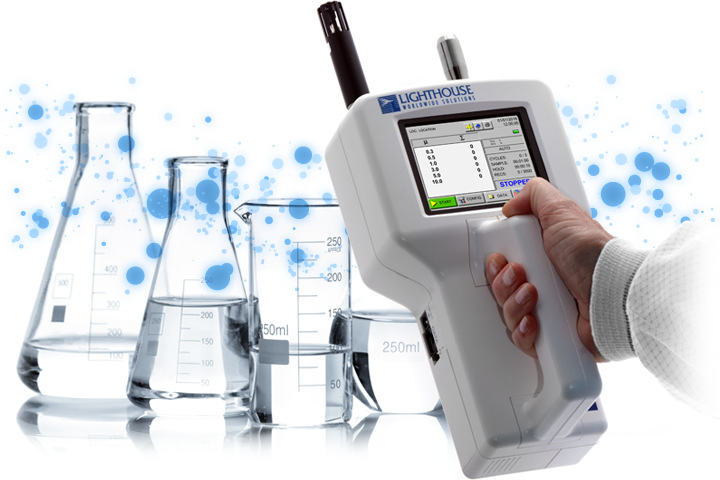Indoor Air Quality Testing
 Kaltech is fully knowledgeable in and is IAQA and AIHA accredited in Indoor Air Quality ("IAQ") sampling and testing. Kaltech uses certified personnel to conduct Indoor Air Quality testing using state-of-the-art equipment to identify the root causes of indoor air pollution. Kaltech deploys a comprehensive approach to sampling for common air pollutants such as Pesticides, secondhand smoke and other environmental Tobacco Smoke, Formaldehyde, biological pollutants, Indoor Particulate Matter (PM), radon, mold, carbon monoxide, polychlorinated biphenyls (PCBs), volatile organic compounds (VOCs), as well as other common allergens.
Kaltech is fully knowledgeable in and is IAQA and AIHA accredited in Indoor Air Quality ("IAQ") sampling and testing. Kaltech uses certified personnel to conduct Indoor Air Quality testing using state-of-the-art equipment to identify the root causes of indoor air pollution. Kaltech deploys a comprehensive approach to sampling for common air pollutants such as Pesticides, secondhand smoke and other environmental Tobacco Smoke, Formaldehyde, biological pollutants, Indoor Particulate Matter (PM), radon, mold, carbon monoxide, polychlorinated biphenyls (PCBs), volatile organic compounds (VOCs), as well as other common allergens.
In particular, Volatile Organic Compounds (VOCs) include a wide range of chemicals used in many products and materials today. These VOCs are emitted as gases from certain solids or liquids and many are known to have potential adverse health effects for anyone exposed to elevated levels of these compounds.
Concentrations of many VOCs are consistently higher indoors than outdoors since they are emitted from so many products found in modern homes and buildings. Examples of common sources include: paints, paint strippers, and other solvents; wood preservatives; aerosol sprays; cleaning supplies, disinfectants and pesticides; air fresheners; stored fuels and automotive products; hobby supplies; dry-cleaned clothing; building materials and furnishings; glues and adhesives.
KES is cognizant of the potential for escalating costs when testing for IAQ contaminants. For this reason, KES uses a graduated method for IAQ testing, first utilizing a handheld micron particle counter to calculate particulate matter (PM) between 0.3µm - 10µm to better understand whether there is sufficient cause to advance IAQ testing. If micron recorded PM concentrations are elevated, KES will consult with the client with respect to additional testing methods including (i) US EPA Compendium Method TO-17, which uses Sorbent Tubes to collect ambient air to test for approximately 60 VOCs by Gas Chromatography/Mass Spectrometry (GC/MS) or (ii) US EPA Compendium Method TO-15, which uses specially-prepared SUMMA® type canisters to collect ambient air to test for approximately 80 VOCs using GC/MS.